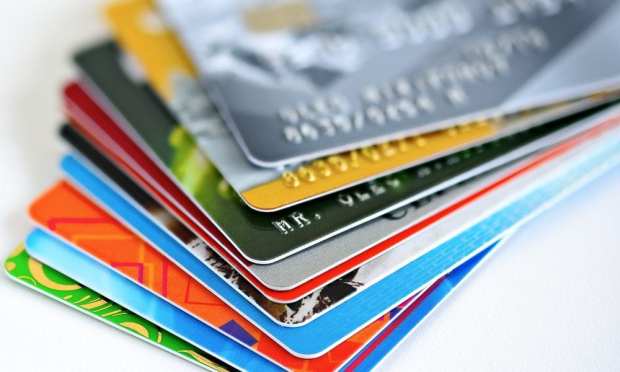US Credit Card Rates Hit All-Time High

Americans are now paying the highest level ever on credit card interest rates — and that could have a negative impact on consumer spending and U.S. growth in general.
Consumers are facing an average of 16.9 percent interest on credit cards, according to the Federal Reserve.
“This is key because of the obvious influence that consumers have on on the overall economy,” said Peter Boockvar, chief investment officer of Bleakley Advisory Group, according to CNBC. “The trajectory is is creeping up and is something that we have to watch closely.”
Although he noted it’s hard to know how much interest rates are impacting retail spending, Boockvar said that the decline could partially be due to the high cost of credit.
“This is one of the factors that is keeping things in check,” Boockvar said. “Maybe these very high interest costs are overwhelming people’s ability to pay back. It also coincides with a decline in say the savings rate and rising gasoline prices and is something we ought to pay attention to.”
He added that one of the main factors in the higher interest rates is the post-financial crisis regulation. In 2009, Congress passed the Credit Card Accountability, Responsibility, and Disclosure Act, which limited how much banks could raise interest rates on credit card holders.
“The unintended consequence, which there always is when restrictions are placed on the free market, was that banks then started off the credit card rate at a higher level than otherwise,” Boockvar said.
In addition, banks also need those extra funds to cover the costs of the rewards they use to attract customers, such as travel and spending offers, and cash bonuses to sign up.
“Who do you think pays for all the rewards we receive by utilizing our charge cards? Banks recoup the costs via higher card rates,” Boockvar said.
